No products in the cart.
Return To Shop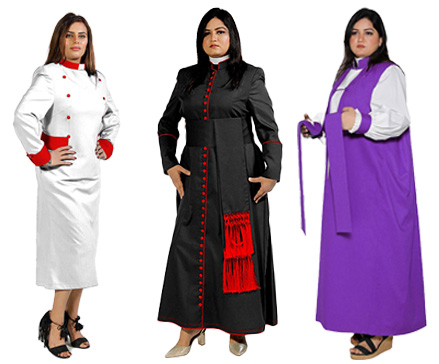
In the world of faith, female clergy adherents have played energetic roles throughout history. Their clerical attires not only reflect their faith and devotion but also serves as a visual picture of their position and tasks within the religious municipal. We will discover the fascinating past, evolving trends, and the implication of Female Clergy Attires. So, kindly read on to see the unique traditions and modern styles associated with female clergy outfits and women’s preacher robes.
The History of Female Clergy Attires
Early Influences and Modest Fashion
- In the early days of ordered religion, women clergy members wore clergy robes influenced by the prevalent style of their time. These clothes were often shy and covered the entire body, reflecting the traditional values associated with sacred practice.
- Did you know? The history of female clergy robes dates back centuries, with examples found in various religious writings and historical accounts.
Church Fashion | A Developing Tradition
- As religious institutions evolved, so did the fashion associate with Women’s Clergy Robes. Church fashion emerged, incorporating exact styles, colors, and accessories to signify the hierarchy and authority within religious organizations.
- The color of the attire often holds symbolic sense. For example, white represents purity, red signifies the Holy Spirit, and purple is related with penance and mourning.
Women’s Liberation and Attire
- The 20th century observed significant strides in women’s rights and liberation actions, impacting the fashion choices of female clergy members as well. Many women embraced more contemporary and progressive styles, while still maintaining a sense of reverence and professionalism.
- The Second Vatican Council, held from 1962 to 1965, played a pivotal role in introducing liturgical reforms and modernizing the attire of female clergy members in the Catholic Church.
New Trends in Female Clergy Attire
In recent years, Female Clergy Attire has witnessed a dynamic shift, embraced up-to-date trends while stayed true to religious backgrounds. Let’s explore some of the emerging styles and trends:
Tailored Elegance | Modern Clerical Suits
- Modern clergy suits for women offer a perfect blend of elegance, professionalism, and comfort. Tailored to fit the female form, these suits are often made from high-quality fabrics and feature contemporary cuts and designs.
- Did you know? Female clergy suits are available in a variety of colors, including traditional black, navy blue, charcoal gray, and even pastel shades, providing greater freedom of expression.
Professionalism and Elegance
Women’s clergy suits are produced to exude competence and elegance, allowing women in religious controller roles to present themselves with dignity and expert witness. These tailored suits are crafted from high-quality fabrics and feature refined cuts that flatter the female form. With their sophisticated appearance, female clergy suits make a powerful statement of professionalism and dedication to their religious calling.
Versatility and Comfort
While maintaining a sense of reverence, female clergy suits also prioritize comfort and versatility. They are designed to allow ease of movement during religious services and ceremonies. The suits are often made with breathable fabrics and include practical features such as pockets and adjustable closures. This combination of comfort and functionality ensures that female clergy members can focus on their spiritual duties without feeling encumbered by their attire.
Robes and Vestments
While modern styles have gained popularity, traditional robes and vestments continue to hold great significance in religious ceremonies and formal occasions. These majestic garments, adorned with intricate details and embellishments, evoke a sense of reverence and tradition.
Modesty and Creativity
- Inclusivity and diversity are increasingly important in today’s religious landscape. Many female clergy members who follow Islamic traditions incorporate hijabs and head coverings into their attire. These garments not only serve as a symbol of modesty but also allow for creative expressions through various colors, fabrics, and styles.
- Fun Fact: Some women choose to wear turbans or other head coverings as part of their religious attire, adding a unique touch to their overall appearance.
Female Clergy Attires | Embracing Style and Modesty
When it comes to Women’s Preaching Attire, striking a balance between style and modesty is key. Female clergy members understand the importance of presenting themselves professionally while respecting their religious traditions. Women’s preaching attire encompasses a range of garments that allow them to express their faith and convey authority while engaging in the act of preaching. From modest dresses to tailored suits, these attire choices empower women to deliver their messages with confidence and grace. By combining elements of fashion and religious adherence, women’s preaching attire serves as a visual representation of their dedication to their calling and their commitment to delivering powerful sermons.
Female clergy attire has evolved over the centuries, reflecting both tradition and the changing roles of women in religious leadership. From the early influences of modest fashion to the contemporary trends of tailored suits and creative head coverings, female clergy members have found ways to express their faith while embracing their personal style. The history, new trends, and evolving traditions surrounding female clergy attire exemplify the beauty of diversity and the significance of attire in religious practices.
The Divine Collection at Our Clergy Attire Emporium
Step into Clergy Wear Shop, where sacred attire meets contemporary elegance. We offer a curated collection catering to clergy members, blending timeless tradition with modern sophistication. From classic cassocks to regal mitres, explore our range for attire that embodies reverence, dignity, and a seamless fusion of spirituality and style.
FAQs (Frequently Asked Questions)
Can female clergy members wear pants as part of their attire?
Yes, many modern interpretations of female clergy attire include pantsuits or trousers, providing comfort and versatility while maintaining professionalism.
Are there specific guidelines for color choices in female clergy attire?
Different religious denominations may have their own guidelines regarding colors, often associated with liturgical seasons or symbolic meanings. It is essential for female clergy members to adhere to these guidelines.
Can female clergy members accessorize their attire?
While simplicity is often preferred, female clergy members may choose to wear minimal and understated accessories, such as cross necklaces, lapel pins, or religious symbols, to complement their attire.
Are there any restrictions on hairstyles for female clergy members?
Hairstyle choices may vary depending on religious traditions and personal preferences. Some women opt for simple and neat hairstyles, while others may wear head coverings or veils.
How does climate influence Female Clergy Attires?
In regions with warmer climates, lightweight and breathable fabrics are preferred to ensure comfort during religious services and ceremonies. Conversely, in colder climates, layers and heavier materials may be utilized.
Can female clergy members customize their attire according to personal style?
While respecting the guidelines and traditions of their faith, female clergy members can incorporate personal style and preferences into their attire, allowing for individual expression within the boundaries set by their religious institutions.

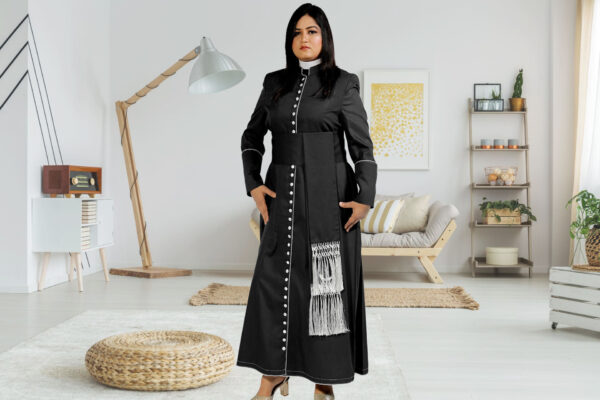
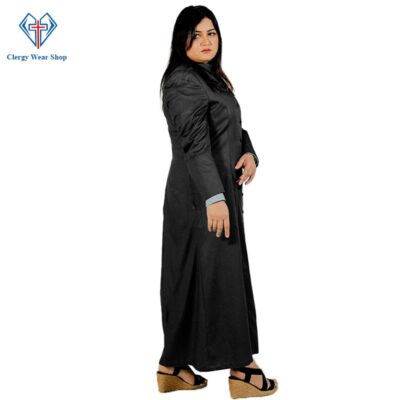
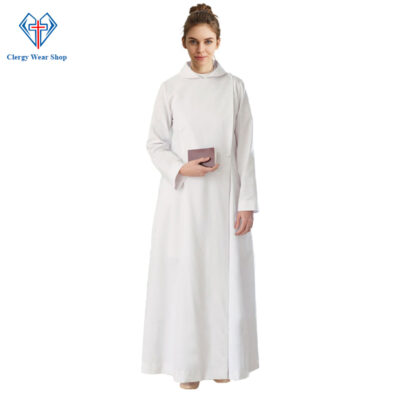
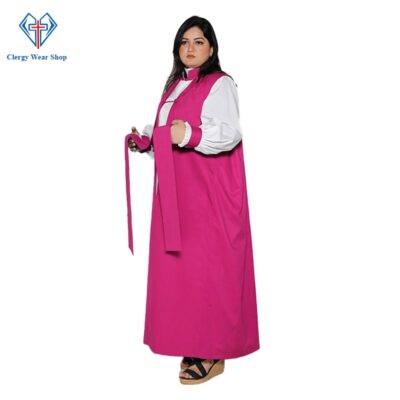
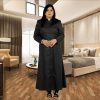
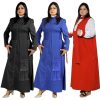
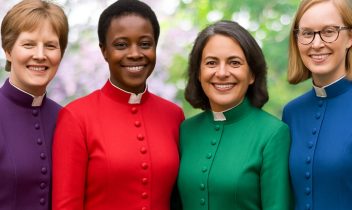

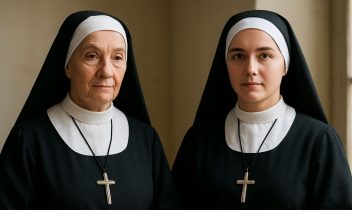
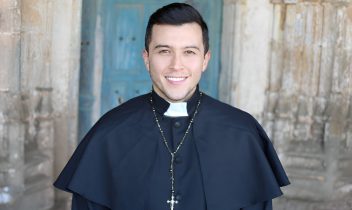
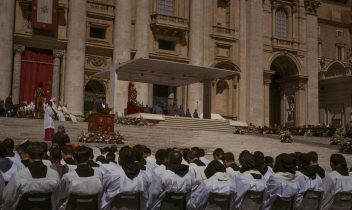
Add comment
You must be logged in to post a comment.